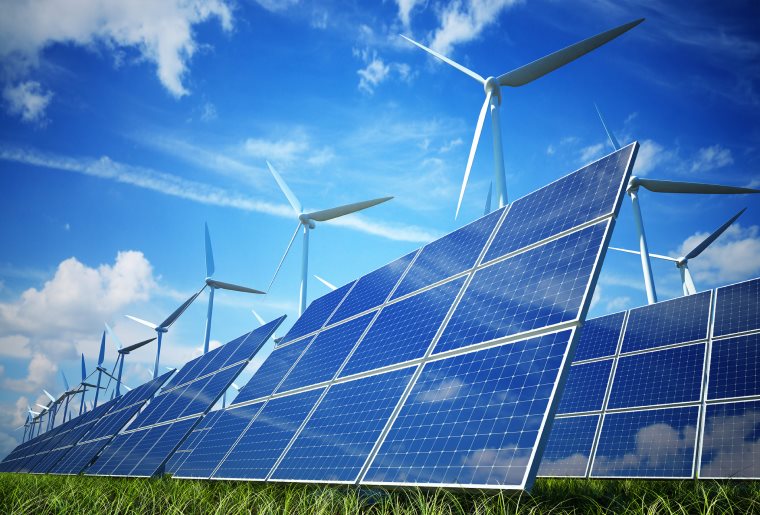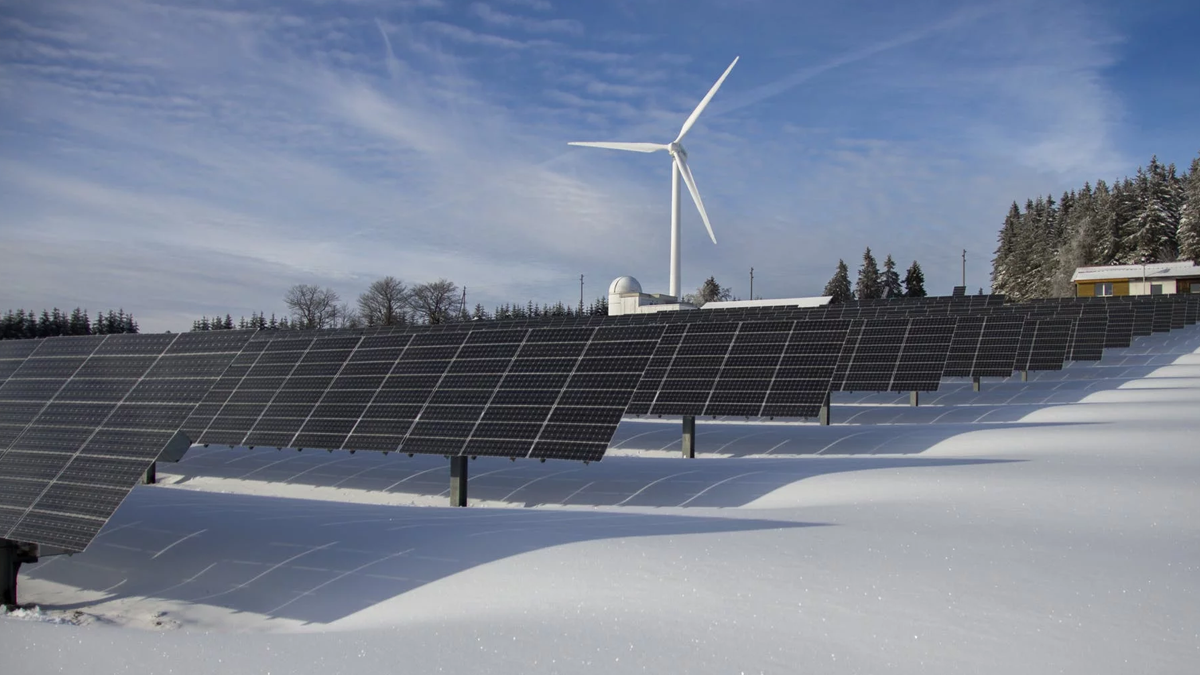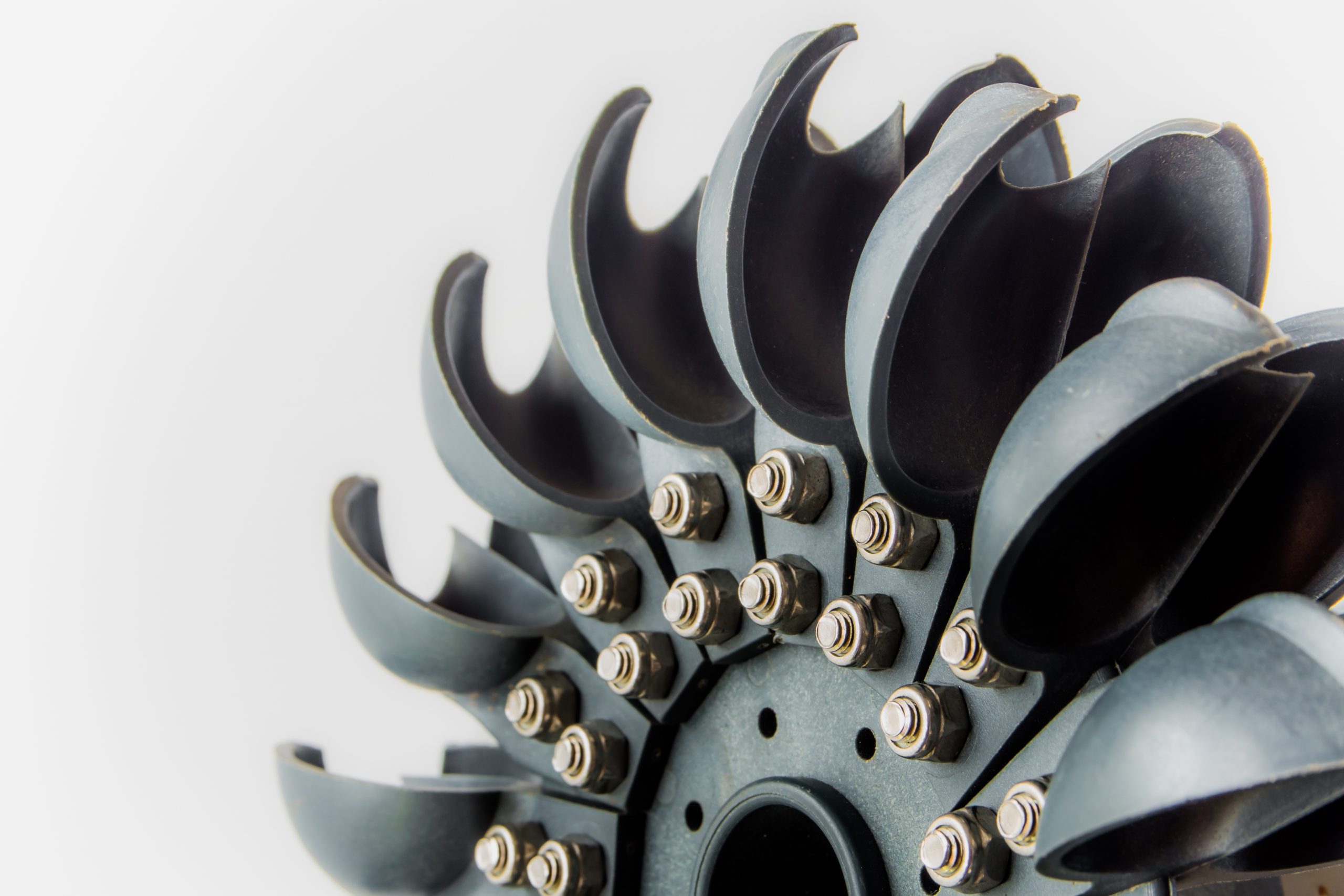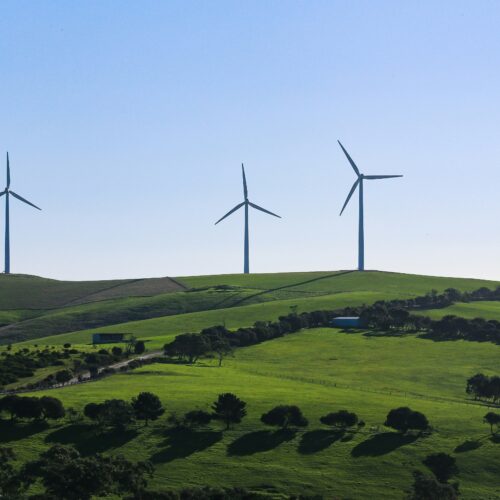Wind turbines are undeniably great. They don’t pollute and they do make electricity. In order to operate they use 500-600 times less water than coal or nuclear sources. They come in sizes as small as 250 watts, the sort you might see in someone’s backyard or on their roof. On a windy day they could make one whole kilowatt hour of electricity every four hours.
They make considerably larger units for commercial production that go all the way up to seven megawatts, or seven million watts. A one megawatt model could supply the electrical needs for hundreds of homes.
Another non-polluting renewable energy source is solar panels. They don’t move much (unless they have sun-tracking motors), so they just passively collect sunlight and generate electricity. If you wanted to collect one megawatt of electricity with solar panels your would require 4-7 acres (1.6-2.8 hectares) of dedicated land depending on type of solar cell selected and latitude and insolation rate (how much sunshine there is).

A wind turbine requires a footprint of about 30 by 50 feet (9.1 by 15.2 meters), composed of a rebar reinforced concrete pad between 6 and 30 feet (2-10 meters) deep, and weighing in at more than 1,000 tons (tonnes). This is needed to offset the mass of the generator unit and the mass of the blades. There may be pylons driven below the pad to make it even stronger if required by the geology of the area.
The nacelle of a 1.5 Megawatt generator, which includes the attachment point for the blades, the gear box to convert the slow blade motion to high speed, and the generator itself, is about the size of a city bus and weighs about 56 tons.
The blades themselves weight another 36 tons, and the tower comes in at over 70 tons. The total is well over 150 tons and the base is needed to keep it from toppling over. As they get larger, they get increasingly heavier. Due to the sheer size, some are equipped with a helicopter landing platform to speed and simplify servicing.
It might seem as if wind were the obvious choice. First, though, you have to consider where it will be installed. From the port of delivery to the installation site could be many miles. The components are so large that roads might have to be reengineered and straightened so the parts can get to the site. A long curving mountain road would be useless.
In addition, there needs to be a large open area surrounding the turbine, up to 85 acres (34.4 hectares). This probably wouldn’t be a problem on a large open farm where the land can still be used for growing crops and here there are advantages over solar. Solar takes all the light so cropping is out, but the intervening space might be used for smaller herd animals, such as sheep that could keep the local flora from overrunning the equipment.
Conclusion
There are plenty of reasons for choosing either method. Neither creates pollution, and in fact, both decrease the need for dirty energy such as coal burning power plants. With solar the land is not much use for other than power generation, tying up as much as 7 acres (2.8 hectares) per Megawatt. Low grade, poor quality land would be well-suited for this purpose.
Wind allows multi-use, but requires a great deal more land be cleared surrounding the generator to optimize output as well as possible infrastructure changes to roads and access to the site. Some argue it disrupts the scenery, but I actually find technology and the creations of mankind to be beautiful.
It’s time for you to make your choice.




